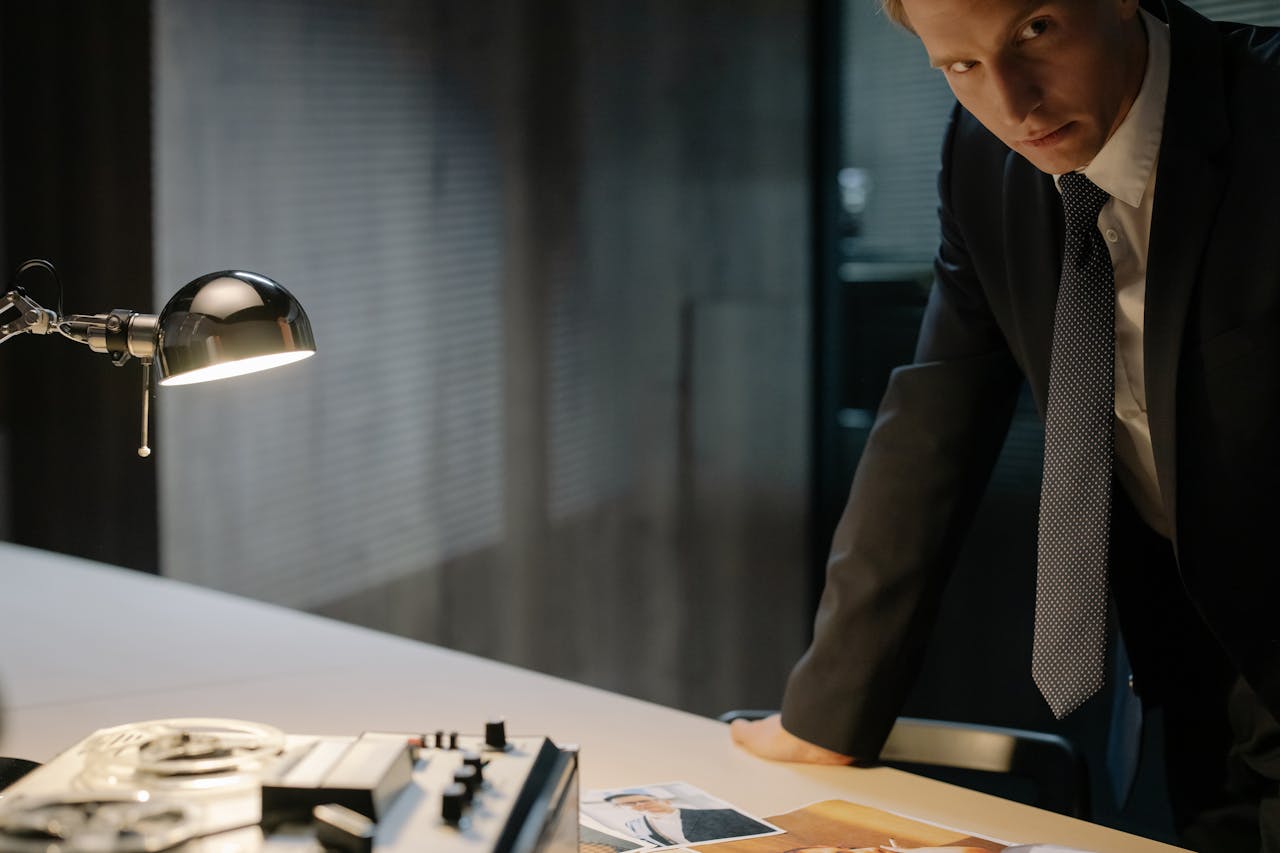Now Reading: How to Challenge Forensic Lab Procedures and Expert Testimony in Drug Charges
-
01
How to Challenge Forensic Lab Procedures and Expert Testimony in Drug Charges

How to Challenge Forensic Lab Procedures and Expert Testimony in Drug Charges
Forensic lab analyses and expert opinion frequently emerge as overwhelming proof of drug culpability in cases. These pillars of the prosecution case, however, are not absolute. A good defense entails a review of the techniques utilized to analyze alleged drugs, as well as the qualifications and findings of experts presenting them as proof. An effective challenge to this evidence can create reasonable doubt or lead to suppression. Here are three key avenues for attack.
1. Exposing Flaws in Laboratory Protocols and Chain of Custody
The trail of alleged drug evidence from seizure to the laboratory is fraught with potential flaws in its integrity. An astute defense carefully examines the chain of custody documents, or the paper trail of all persons who handle the evidence and the dates of their involvement. Breaks, inconsistencies, or departures from the standard procedure can suggest contamination, tampering, or misidentification.
Internal lab procedures are also crucial. Defense analysis seeks indications of poor training or failure to follow accepted analytical practices, specifically those outlined in the Scientific Working Group for the Analysis of Seized Drugs. Inadequate calibration of delicate machinery, such as GC/MS machines, a lack of peer review of findings, or sample cross-contamination are also areas that can be investigated.
Even minor mistakes in procedure can cast great suspicion on whether the substance tested was the substance obtained from the defendant and whether the test is accurate. Demonstrating these defects may render the lab report inadmissible or significantly undermine its credibility before a jury.
2. Challenging the Expert’s Qualifications and the Basis of Their Opinions
Not all experts are created equal. Their evidence must pass specific legal tests, such as the Daubert or Frye tests, to be admissible. Perhaps the most valuable defense tactic is to thoroughly review the expert’s credentials to determine if their background is relevant to the analysis being performed. The defense also examines whether the expert relied blindly on laboratory reports without knowledge of the underlying data or testing procedures.
It further verifies whether they conducted the tests or only interpreted others’ findings. Their conclusions must be examined for scientific validity, whether they originate from established methodologies or speculative ideas. By exposing discrepancies between the expert’s claimed authority and the factual basis of their testimony, a defense lawyer can undermine their credibility.
3. Challenging the Method and Probability of Misidentification
Forensic science, while powerful, is not error-free and contains flaws and pitfalls that a skilled drug crimes defense lawyer can exploit. Several chemicals can yield the same test results at times. This is especially true with presumptive tests, such as field color tests, since they are intrinsically less specific and prone to false positives due to interference by common contaminants.
Even lab tests that confirm findings, like GC/MS, rely on the correct interpretation of compound data. Peaks can be misread, or system noise mistaken for a controlled substance. The defense can refer to flaws in individual methodologies that are well-documented, including the fact that routine tests cannot distinguish between some isomers of a drug, legal versus illicit forms, or quantify mixtures completely. Laying out potential explanations for the results, such as access to legal substances with a chemical composition identical to that of an illegal substance, sample degradation, or contamination during handling or analysis, can create reasonable doubt.
Endnote
Forensic evidence in drug cases is powerful, but it is not immune to challenge. With vigorous laboratory procedures and chain of custody investigation, as well as through screening of the expert’s qualifications and the foundation for their opinions, and acknowledging the inherent limitations and potential for error in the scientific methods employed, a defense can effectively dismantle what could otherwise appear as the prosecution’s strongest evidence.










